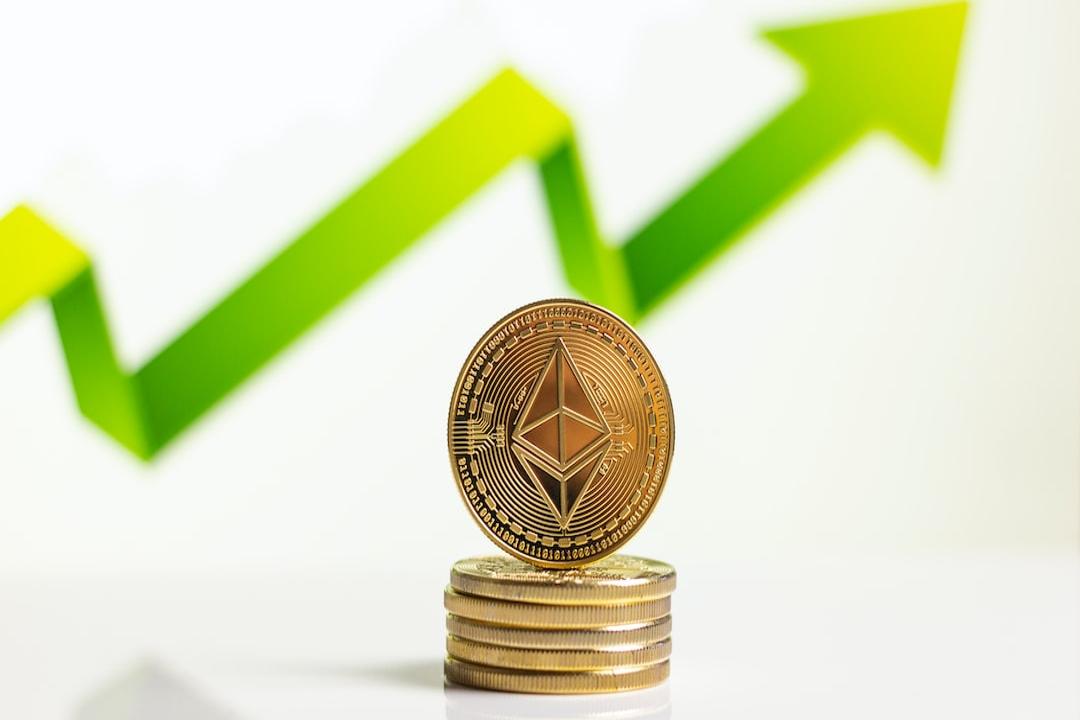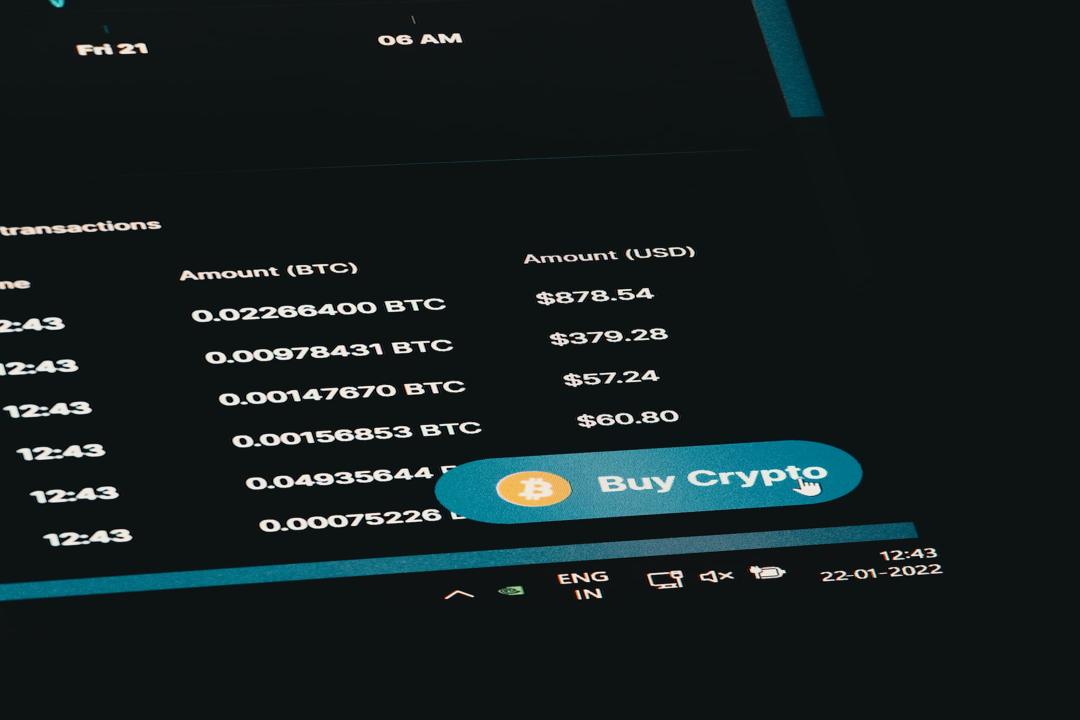Coin World Report:
Overnight, BTC (Bitcoin) fell to 55k and showed signs of rebounding to fill the gap created by the July 5th dip (53.3k-56.7k). Previously, we introduced data analysis from Willy Woo, which indicated the existence of a large amount of so-called “paper BTC” in the futures market. These “fake” BTC are synthesized using only USD stablecoins as collateral, creating significant resistance to BTC’s rise.
Since the theoretical supply of USD is infinite, the supply of “paper BTC” is also infinite. A large amount of purchasing power is consumed in buying “paper BTC,” suppressing the purchasing power that would drive the market higher.

From the chart above, it can be seen that the major force behind the drop from 72k to 53k is the large number of “paper BTC” short positions.
According to Willy Woo’s statistics:
– The German government has only sold 9,332 real BTC.
– Since the recent peak of 72k, as many as 170,000 “paper BTC” have been synthesized and sold!
Therefore, Willy Woo suggests that for those who want to leverage long BTC, it is better to buy real BTC on spot rather than go long on the futures market.

There are two reasons for this:
“(1) Any counterparty with USD collateral can buy futures, and at the same time, you are creating new synthetic BTC supply. This creates a bearish environment.
“(2) When buying spot with leverage (borrowing USD), only BTC holders can sell to you. This creates a shortage of supply and a very bullish environment.”
There is also an additional benefit: “In a bull market, it is much cheaper to provide funding for long positions with borrowed USD or USDT than with futures or perpetual contracts.”
In summary:
[1] Buying spot only allows real BTC holders to sell to you.
[2] Buying futures allows any USD holder to sell to you!
The selling pressure from [2] is infinite because the supply of USD is infinite.
Some netizens have expressed opposition to Willy Woo’s argument. The netizen stated:
“If there is a net long position in futures, whether it’s perps or CME, market makers will allocate more capital to buy spot and short futures to capture higher funding/spread. This converts the long position into the underlying asset.
“The drop in BTC price is not due to ‘synthetic BTC,’ but because OG holders and miners are selling more BTC than is being bought.”
Willy Woo countered:
“Actually, this is a naive view of the whole system. What you described is only a part of the system and not the most important part.
“(1) If there is a net long demand, liquidity providers will participate in basis trades, transferring spot liquidity to futures. Our company has a team of managers involved in basis trades with capital ranging from 50 to 150 million USD at any given time, and we track nearly 600 quant firms. Our data shows that basis trades account for about 25% of the bets.
“Please note that basis trades are also net bearish because the carry spread is a tax on the long capital, and buying spot almost transfers all the capital into the market.
“(2) The main issue now is… directional traders can sell BTC without actually owning BTC. They can sell it with USD collateral.
“There is a large amount of data showing that this effect is real.
“The chart below clearly demonstrates this. Whenever open interest increases and ‘tradable BTC’ floods exchanges, the price drops.

“The bull market of 2021 is the first bull market without an exponential rise. This is due to the significant increase in ‘paper BTC,’ as sellers only need to collateralize with USD to sell futures… In 2017 and earlier, only BTC holders could sell, and sellers were limited, leading to exponential rises.”

The above netizen continued to refute Willy Woo’s counterargument:
“1. Market makers like Susquehanna are the largest holders of BTC ETFs and they are using BTC ETFs for basis trades, so BTC ETFs are not the least important part. They are the main drivers of inflows/outflows of BTC equivalent funds, and BTC market participants use them to gauge market sentiment.
“2. Yes, futures buyers need to pay capital, but it also provides them with leverage that spot cannot obtain. If you expect BTC price to double in the next 12 months, an 11% APY financing cost is low because it allows buyers to control purchasing power 10 times higher than spot. In conclusion, their capital return is 8.3 times higher than spot using the same initial capital.
Basic calculation:
$100 spot -> $200 after 1 year, or $100 profit.
$100 10x leverage, $1,000 -> $2,000 – ($1,500) * 11% = $1,835. For simplicity, we assume linear cost basis for the year, so $1,500 is the midpoint between $1,000 and $2,000.
After 1 year, the profit from futures is $835, while the profit from spot is $100, with the same initial capital, 8.3 times higher.
“3. This brings us back to my next point that most new BTC investors entering the market are not BTC maximalists. They have USD bills to pay and hope to see USD profits. OG holders also seem to like USD profits as they have been selling, as you can see on-chain.
BTC is being sold not because of some evil reverse traders or synthetic BTC, but because market participants have shown through their actions that they want to see returns paid in USD rather than holding something they cannot trade and hoping it will increase in value someday.
“4. Yes, futures allow speculators to short related assets with USD collateral. But this is no different from any other mature commodity/index. If BTC is really as valuable and scarce as you maximalists claim, a) it should be able to withstand these normal market pressures, as any other commodity/index would; b) you should celebrate this shorting behavior because if they are squeezed by overwhelming demand, it will only create more buying pressure.
“5. The core of the problem is that you want more people to join the BTC belief because you are an early adopter. After the ETF, I think the game is over, and the exponential returns we have seen in the past are gone, unless the Fed goes crazy with printing money, and Powell has not indicated that he will do so.
Over time, given the inflationary nature of fiat currencies, BTC’s price is likely to continue to rise, but if it is really like the comparison people like to make with digital gold, we should also expect its volatility to stabilize and its returns to be comparable to gold. However, for most crypto speculators, it wouldn’t be as interesting without leverage in the form of futures and options.”
By now, readers should have understood the viewpoints and positions of both sides.
However, when positions emerge, it also means that the discussion is about to turn sour. From discussing the matter at hand, it transitions into personal attacks—not attacking each other’s appearances (as internet debates are not face-to-face), but attacking each other’s positions and motives.
In fact, upon closer inspection, it is not difficult to see that both sides have a point in common: since the 2021 bull market, a considerable amount of incremental funds and new participants have been diverted to the futures and derivatives markets, resulting in insufficient purchasing power in the spot market.
Willy Woo’s research found that shorting “paper BTC” hindered the market’s exponential rise. According to the rules of the futures market, every short position corresponds to a long position. The reason why shorting is possible is precisely because long positions are being opened.
Before when only spot trading was available, speculative traders entering the market had to buy BTC spot in order to profit. But now, with futures contracts, they can directly short without needing to buy BTC spot first.
This is also what the online user mentioned—after the ETF, most new players entering the market are not long-term BTC holders but speculative traders who are USD-oriented and hope to make daily profits in USD.
Although their diversion of spot BTC market dampened the extent to which BTC deviated from the mean regression line during the bull market, smoothing out the exponential rise, their speculative trading also brought more liquidity to the market.
In conclusion, the market has become more mature. With maturity comes smaller fluctuations. This may disappoint those who expect to reap huge profits during exponential rises, but for long-term holders, it is the opposite. Exponential rises only raise the cost of accumulating more, while a steady rise brings stable happiness.
Subscribe to Updates
Get the latest creative news from FooBar about art, design and business.
Related Posts
Add A Comment

